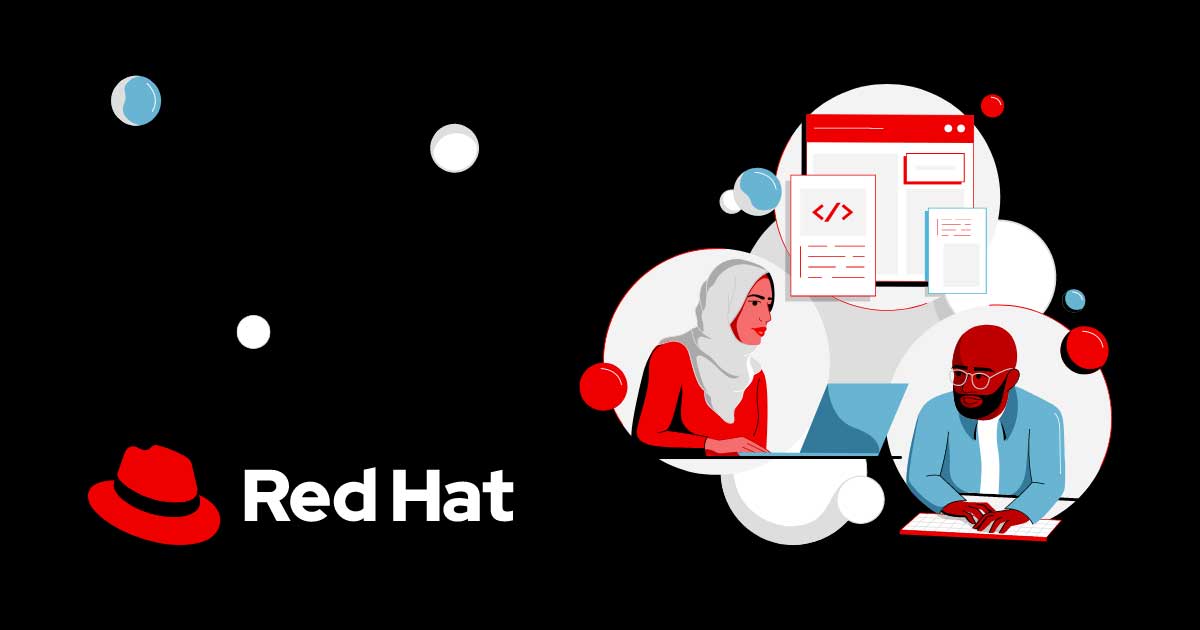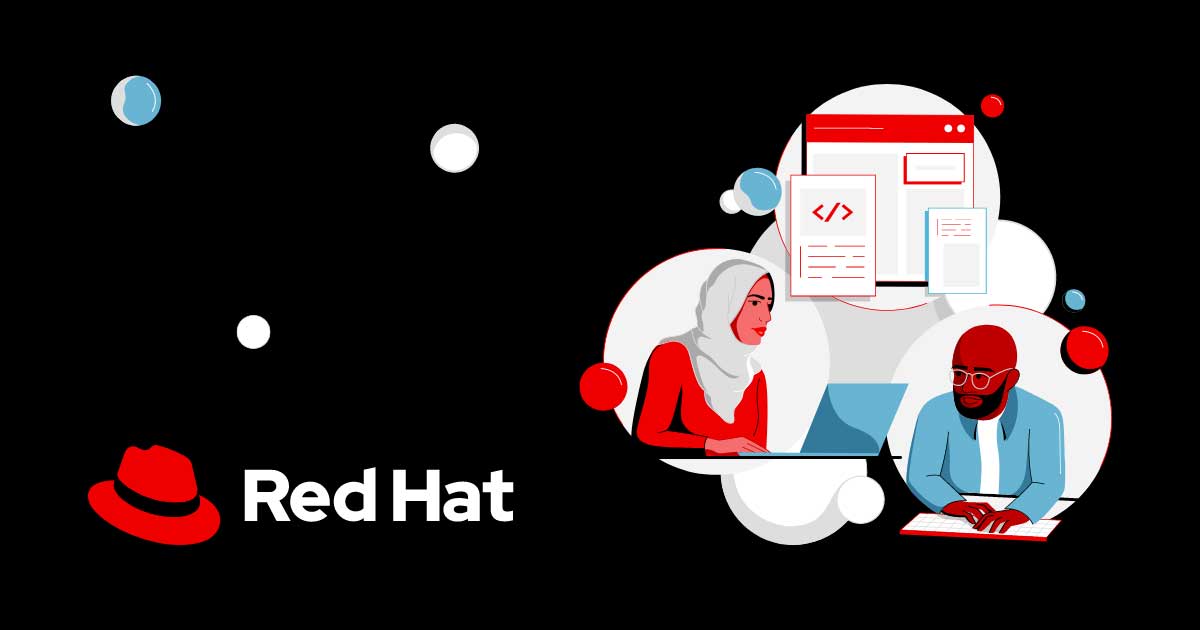Billed as a technique for reducing AI “hallucinations” or inaccuracies, retrieval-augmented generation allows a generative AI model to verify its work against external resources like research papers or articles. RAG is attractive to enterprise customers because it enhances the reliability of generated content.
Many organizations at NVIDIA GTC positioned themselves as “AI factories,” providing enterprises with the necessary storage and compute power to enable private AI.
NexGen Cloud, offering a service called “GPUaaS,” is one of the companies that will offer access to NVIDIA’s 10-trillion parameter Blackwell GPU later this year.
Organizations focusing on edge AI were prominently featured at NVIDIA GTC 2024, showcasing a wide range of use cases in robotics, automotive, industrial, warehousing, healthcare, critical systems, and retail.
Many of these edge AI use cases were powered by NVIDIA’s Jetson platform for robotics. NVIDIA Metropolis microservices on Jetson Orin allow developers to implement generative AI capabilities on the edge through API calls, enhancing the responsiveness and adaptability of robots to their surroundings.
Organizations are developing private generative AI that can securely access proprietary data while offering the flexibility of public AI services like ChatGPT.
One notable provider of private AI services at the event was Mistral AI, which offers an open-source large language model that customers can host on their own servers.
Copilots, such as chatbots like ChatGPT, have been instrumental in driving the generative AI trend. These “copilots” have evolved into a generic term for chatbots capable of answering data-related queries.
Copilots can draw from company-owned data
At NVIDIA GTC, a variety of copilot AI systems were showcased, capable of retrieving answers from specific, company-owned structured and unstructured data. For instance, the SoftServe Gen AI Industrial Copilot can reference a robot arm’s maintenance manual to create repair instructions and identify the parts needing replacement on a 3D model.
Citation lets humans check AI answers
Another prevalent trend in enterprise copilots was citation. NexGen Cloud demonstrated how its Hyperstack cloud platform, developed by SoftServe and powered by NVIDIA GPUs, could deploy a copilot that answers questions based on a video and references specific moments in the video transcript to validate its responses. The fusion of proprietary data sources with copilot-style chatbot functionality remains a key trend in generative AI for enterprise.






No Comment! Be the first one.